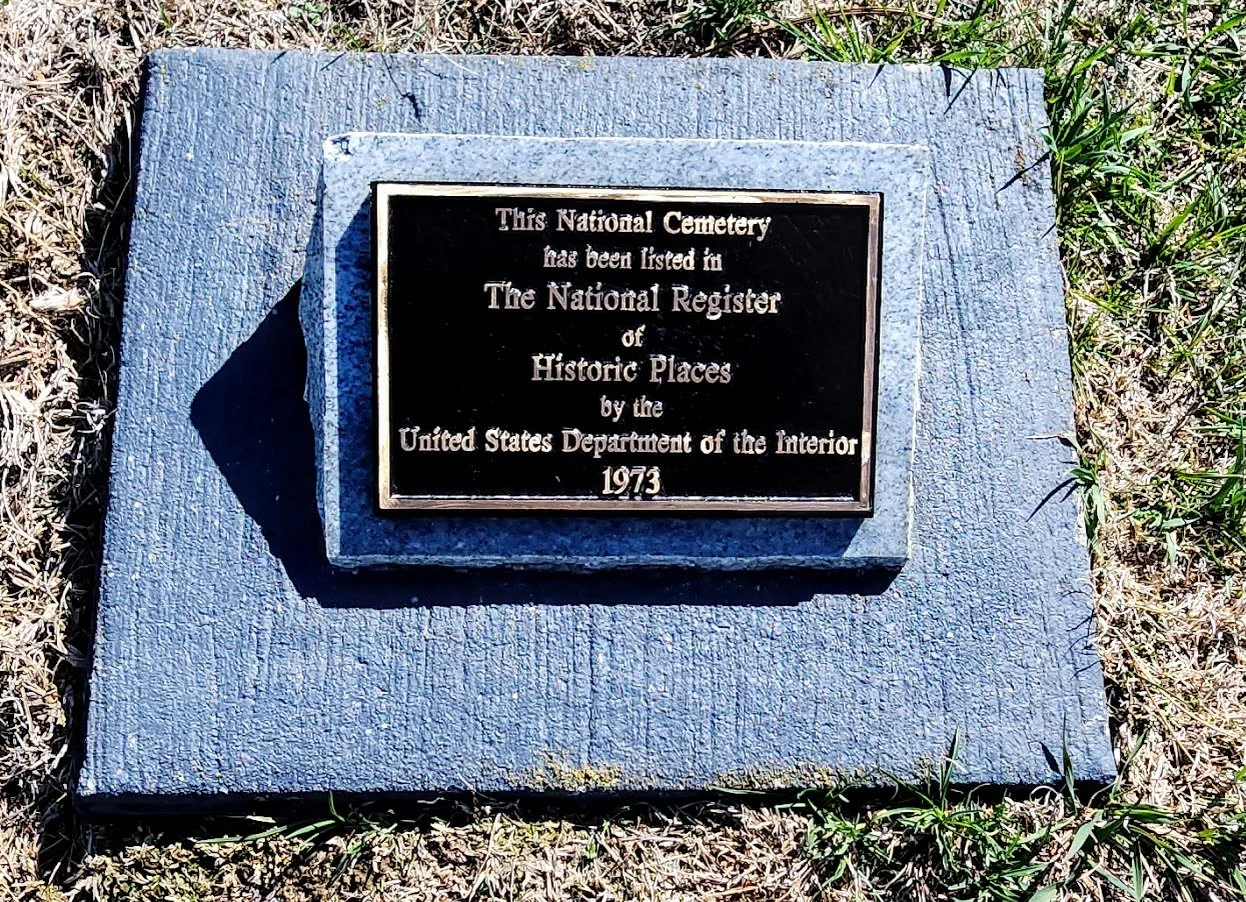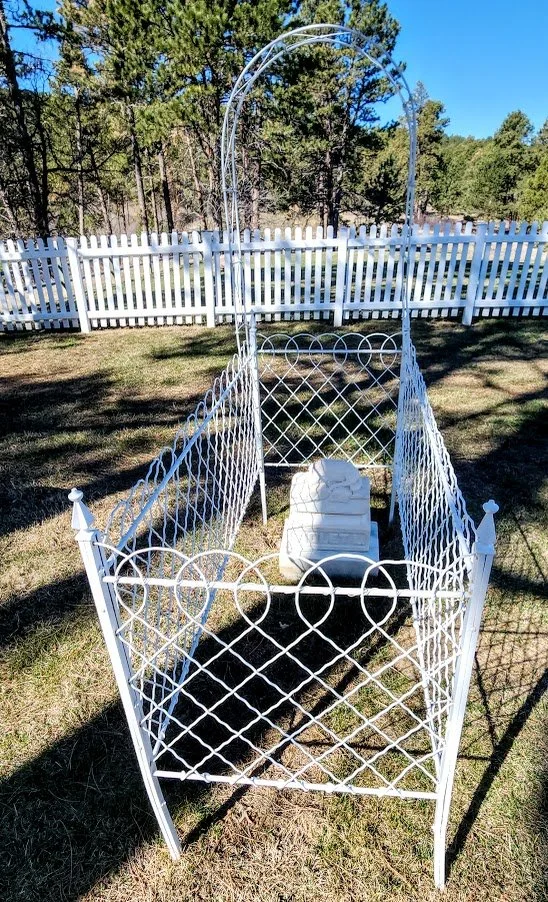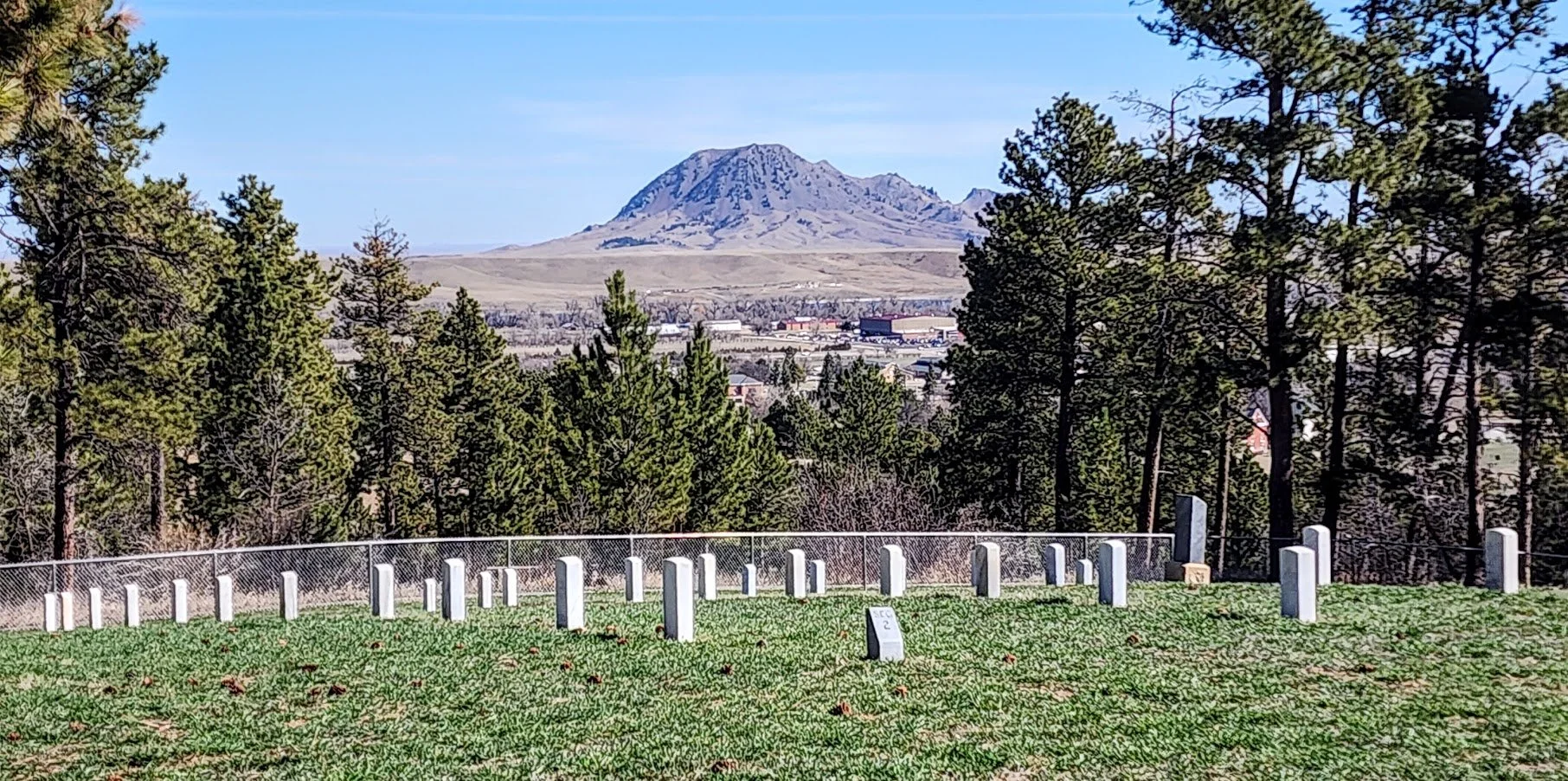Fort Meade National Cemetery
Fort Meade National Cemetery is located off SD Highway 34 just east of Sturgis or Exit 34 off Interstate 90. The cemetery was established on Sept. 24, 1878, and closed 70 years later.
Interesting facts -
Fort Meade was the home of the horse Comanche who was the sole cavalry survivor of the Battle of Little Big Horn.
The cemetery was built by the surviving troops of General George Armstrong Custer’s 7th Cavalry to keep the peace among the Lakota and Cheyenne tribes and the prospectors.
It was named in honor of Major General George G. Meade, whose victory in the Battle of Gettysburg was a turning point in the Civil War.
Fort Meade is the birthplace of the national anthem. In 1892, Colonel Caleb Carton, appalled by the lack of a national anthem, ordered that the “Star-Spangled Banner” be played at the close of all concerts and parades, and later brought this effort to the attention of authorities in Washington, D.C. Subsequently, Secretary of War Daniel E. Lamont issued an order requiring the “Star-Spangled Banner” played at every army post every evening at retreat. In 1914, President Woodrow Wilson signed an executive order making the “Star Spangled Banner” America’s national anthem, and in 1931 the bill was signed into law.
Fort Meade National Cemetery was placed on the National Register of Historic Places on May 22, 1973.
Fort Meade National Cemetery contains both government-furnished headstones and private monuments installed by family or friends. As a result, there are a number of distinctive gravesites, including some enclosed by wooden boards and ornamental pipe fencing. The diversity of the graves reflects the array of those laid to rest at Fort Meade. Enclosed by a wrought-iron fence, for example, is the gravesite of Otto Von Wargowski, only 30 when he died and apparently a member of the Prussian nobility. Not far away are two side-by-side graves marked as “Child of Civilian Refugee” and “Lucy, Child, Sioux Indian.” An obelisk monument honors the memory of two soldiers from the 7th cavalry who, according to legend, died as a result of drinking wood alcohol while on patrol.
(Information taken from US Dept of Veterans Affairs website - https://www.cem.va.gov/cems/nchp/ftmeade.asp)
Can get to Fort Meade National Cemetery from SD Highway 34 in Sturgis or Exit 34 I-90.
Lots of children and infant tombstones.
Lots of military tombstones from 7th and 4th cavalry.
Lots of very old tombstones.
Near the Centennial Trail.
Gravesite of Otto Von Wargowski - apparently a member of the Prussian nobility.







































